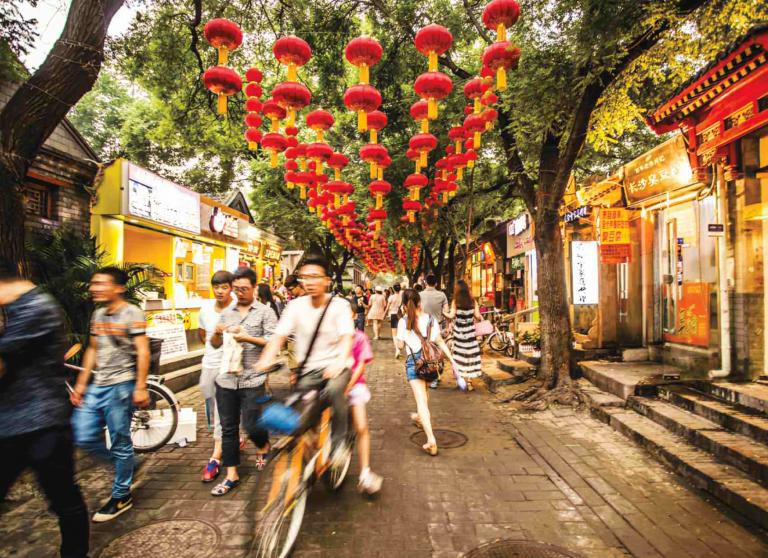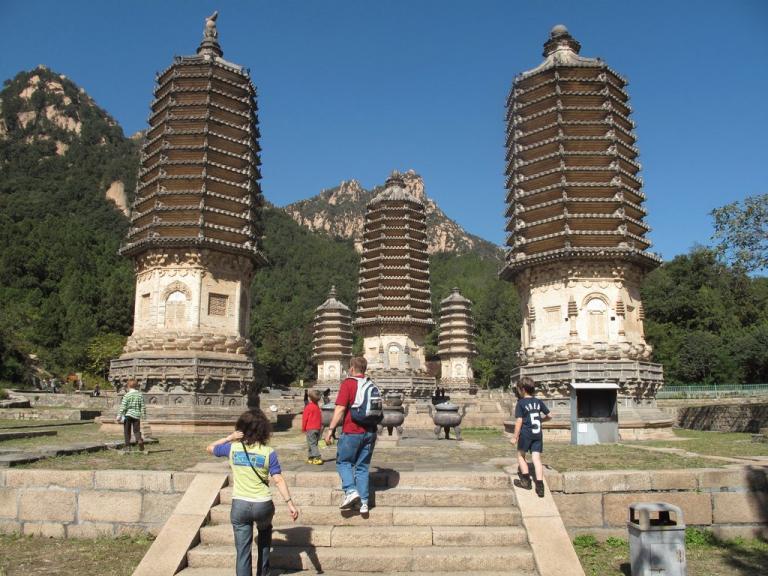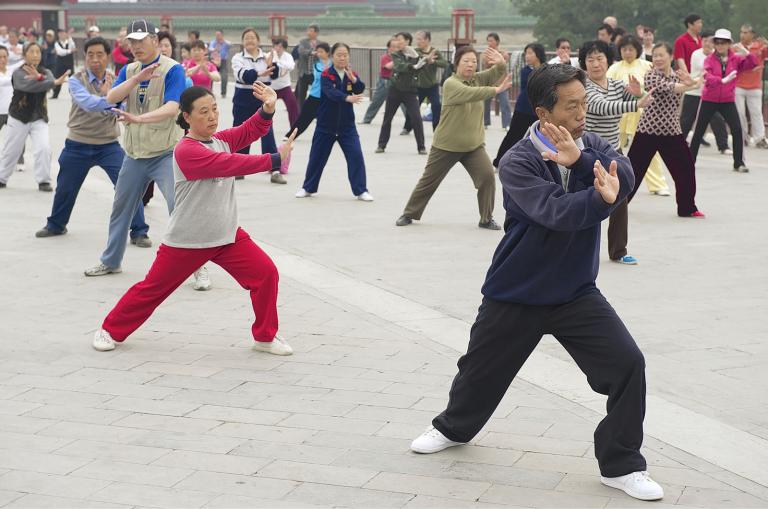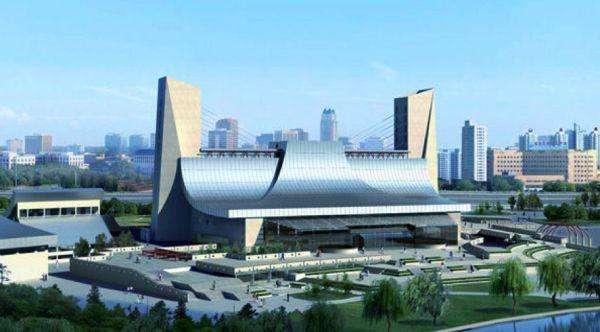Leisure Life in Old Beijing
3 min readThe leisure lives of people in Old Beijing were refined, balanced and carefree brimming with the charm of the ancient capital.

Leisure life in Beijing may be well described in one phrase: having fun.or in the words of Beijingers, “looking for fun. “Chen Jiangong(b 1949), acontemporary Chinese writer, once commented, “”Beijingers like to have fun and are good at looking for fun To raise a bird is fun to fly a kite is fun to siwine with a piece of garlic is fun, and to sing an aria of peking Opera or listento it is also great fun. Yet the most common way of enjoying a leisurely life for ordinary beijingers is to drink tea and wine.
There were a great number of teahouses in Old Beijing, and people from allwalks of life would meet for tea-reporters, writers, actors, chess players teachers, students, and craftspeople (the latter usually coming to snag customers). People would stop to rest at a teahouse on their way to exercise their pet birds. They would either hang the cages on a pole or put them on the table sipping tea while enjoying the creatures. Thus, various kinds of birds would be chirping together. A teahouse was a public place for socializing, as well as a compact society where comedies and tragedies of everyday life transpired. Lao She(1899-1966), a famous Chinese playwright, made superb vivid descriptions of happenings in a teahouse, in his play Teahouse(Chagan), a classic work in the history of chinese literature.

A large number of restaurants were scattered throughout the city of old Beijing, but most of the large ones were located in business areas, while small taverns were set up at the entrance to alleys. These taverns usually had simple dishes to go with wine, such as boiled peanuts, dried tofu, preserved eggs, smoked fish,and fried shrimps. Inside the taverns, there were usually several big vats, their mouths covered with big lids painted red, which served as tables, hence these taverns were nicknamed “”Big wine vats.
Besides drinking tea and wine, Beijingers had other ways to enjoy life, such as raising goldfish and pigeons, flying kites, raising crickets and grasshoppers, collecting porcelain ware, facial masks, potted plants, clay and dough figurines.. They could find pleasure in all types of trivial things, to make their lives more interesting and joyful.
Beijingers liked to raise goldfish, a hobby developed as early as the Jin(1115-1234) and Yuan(1206-1368) dynasties. They enjoyed setting up goldfish tanks, which, together with persimmon trees, became an indispensable decoration for a traditional courty ard known as sihe yuan Beijingers also liked to raise pigeons, with pleasure derived from releasing the birds to fly. Some people liked to tie pigeon whistles to the birds tail feathers Wang Shixiang(b. 1914),a folklorist, remarked that the sound of pigeon whistles had become a symbol of Beijing. He said, “In Beijing, be it in warm spring or high summer, clear autumn or icy cold winter, whistling sounds can beheard in the sky. Thick at one moment, thin at another, remote or near, high or low, quick or slow, at all times they hover and echo, like refreshing music from heaven. He added,”This appealing sound wakes people up from their dreams draws their eyes up into the distant firmament, and brings joy to children and adults alike, for who knows how many times.
Following the changes of the times, the lifestyle of Beijing people has also changed. At the end of the 20th century and the beginning of the 2 Ist century, there appeared Bar Street in Sanlitun, Guijie Street in Dongzhimen, and another Bar Street around Shichahai Lake, for people to enjoy themselves in their spare time. Shichahai lake used to be a deserted place, but it suddenly became attractive””at the beginning of the new century. A variety of bars now stand shoulder by shoulder, with interesting names such as Blue Lotus, Listening to the Moon and Hello bar. These catchy names, if threaded together, could makefor an amazing poem, from which people would be able to feel the folk flavor of the Shichahai lake district, now better known by foreign visitors as Houhai with the glamorous charm of 21st-century Beijing.
Beijing is a city that belongs to yesterday, today and tomorrow, one scholar says and this is true.









